For thousands of years, Vietnam and Cambodia have created their own very unique heritage. This tour captures the real essence of South-East Asia. In the schedule of the trip, you will discover the many wonders of Vietnam and Cambodia during 14 days. In Cambodia, you explore the ancient temples of Angkor Wat and Angkor Thom as they are built many stone temples and jungle-covered monuments. Traveling to Vietnam country, you will grace the verdant rice paddy fields, cruise through the emerald waters of Halong Bay and much more.
Highlights of Cambodia and Vietnam journey:
- Visiting the historical places in the hustle Hanoi capital
- Cruising on a traditional junk boat through scenic Halong Bay
- Traveling the imperial city of Hue and feeling strange on a cruise along the Perfume River
- Strolling through the lantern-filled streets and riverside promenade of Hoi An Ancient Town
- Feeling the modern office, style pagodas in Ho Chi Minh city
- Exploring the famous ruins of Angkor Wat and surrounding temples
- Enjoying all the traditional foods in almost destinations in two countries
Day 1: Hanoi capital
Your introduction to Vietnam begins today, with a full day sightseeing tour of Hanoi. Firstly, Ho Chi Minh Mausoleum includes the Mausoleum, his former stilt-house residence, and one-pillar pagoda. Later, continue to the One-Pillar Pagoda, where Ho Chi Minh once resided. Next, you shouldn’t miss the Ethnology Museum which is a museum that focuses on the 54 officially recognized. Another place is Hoan Kiem Lake and Hanoi Old Quarter. Nearly, the night market is displayed shopping-wise, the fashion items. Therefore, you feel free to buy souvenirs with low price. Finally, Ta Hien street where foreigners should not miss the trip in Northern Vietnam.
Day 2 – 3: Halong Bay
Today begins with a scenic 3.5-hour drive from Hanoi City to Halong. This is a journey with spectacular scenery; seemingly endless green paddy fields with women in conical hats working in the rice fields with their water buffalo. We pass through farmland, local villages, and busy markets and you will have plenty of opportunities to observe how Vietnamese people go about their daily lives.
Halong Bay, or ‘The Bay of the Descending Dragon’ in Vietnamese, is a designated UNESCO World Heritage Site. Observing the limestone rocks rising up from the sea and the red-sailed junk boats is a truly memorable experience. We will be welcomed aboard and set sail through the bay whilst lunch is served. After lunch, there will be opportunities to take a short trek to a nearby summit for a panoramic view of the bay, to swim or stroll on a quiet beach or for sunbathing on the sundeck. Enjoy evening cocktails on board while watching the sunset and unwind in time for dinner. On the second day, you freely play in Sun World Halong.
Day 4: Hue
We shall take a morning boat cruise along the Perfume River to visit Thien Mu Pagoda. It’s the oldest monastery in Hue, dating back to the 17th century. Then we visit the Royal Citadel & the Imperial City, the glory of Hue. Emperor Gia Long modeled this Royal Citadel on the Forbidden City in Beijing, China. The Royal Citadel is composed of three walled enclosures, each within the other – a city within a city. First is the Imperial City, housing the palaces, pavilions, and religious ceremonies. Then we visit Forbidden Purple City suffered the extensive damage during the Vietnam War and little remains of the original structure -these ruins are currently being restored by UNESCO as it is a World Heritage Site.
In the afternoon, we visit Khai Dinh’s Tomb; the spectacular entryway with its dragon pillars is the highlight of the Tomb. The architecture is in a modern style with a blend of European and Eastern design. Inside the main hall are colorful glass mosaic frescoes and a life-size bronze statue of Khai Dinh. The tomb was more of a pleasure garden than a tomb: the emperor used it as a second residence, where he indulged in extravagant 50-course meals of incredible delicacies. The mausoleum was constructed between 1864 and 1867 by a force of 3,000 laborers.
Day 5: Hoian town
Hoian is very impressed with the town interesting lines of the lamp. During night time, almost houses are turned on with colorful lamps and you grace a lot of floating candles appeared on the river. One of the most highlights of Cambodia and Vietnam is the 400-year-old Japanese Covered Bridge which is an invaluable property. The Fujian Assembly Hall, which bears all the fundamental features in the structure of a Chinese Assembly Hall, is believed to be built by Chinese merchants of the Fujian Province.
Day 6: Danang city
Danang is one of the cultural destinations and tourists in Vietnam itinerary 10 days. Bana Hills is one of the most attractive destinations in the trip. Sitting on Carbin, you can see all places like the mountains, streams… which are very impressive. And My Khe is worldwide known as one of the most beautiful beaches in the world which always welcome you with all harmonious facilities supplied for tourism, convenient transportation, free entrance for tourists. The weather in this beach is very suitable for swimming. Not only that, tourists can play the water sports like diving, water-skiing, diving, and a yacht race. Besides, you should try many special kinds of seafood like shrimp, crab, squid, and abalone.
Day 7: Ho Chi Minh city
Ho Chi Minh City owns modern office, style pagodas, and traditional food and it creates a dynamic urban area in a very special sense. You will spend the full day discovering the most attractive sites in Ho Chi Minh, which will help you to learn about the history and also the culture of this land.
Notre Dame Cathedral is considered the symbol of this dynamic city in the downtown of Ho Chi Minh. For long years, Duc Ba church is a famous age-long cathedral in the Southern region. The Central Post Office is one of the oldest buildings in Saigon in Vietnam. The Post Office is also one of Ho Chi Minh tourist attractions by it offers all types of the postal services such as selling postcards, stamps with cheaper prices and mailing. Especially, foreigners completely use the money exchange service in there.
The Reunification Palace is a blend of traditional ritual and modern architecture. Independence Palace was built for a long time. The war command room will be set up maps on its walls and equipment. And the War Remnants Museum is well-known as the exhibition relating to the American phase, which is the house for Displaying War Crimes of American Imperialism. Ben Thanh market is the best place offering the local handicrafts, branded goods, and other souvenirs. However, you should bargain the price of goods you want. Here, you can get a taste of traditional foods and drinks. Ben Thanh market is the place has a lot of delicious foods like spices, nuts, meat and local fruits.
Day 8-9: Mekong Delta
You should come to the tropical gardens to know the history of the regions and steers. The tropical fruit is the place you know how to make the coconut candy. You should visit the farm by motorboat after traveling the canals and backwaters of the main Mekong. Not only that, you can enjoy the typical folk music in Southern Vietnam.
On the second day, you can go to Phong Dien market, which is one of the largest markets in there. Then cruising through small channels, you will visit the rice noodle making village, a large rice mill. Continuously, you keep cruising visiting a rice noodle making a village.
Day 10-11: Ho Chi Minh – Phnom Penh
Phnom Penh is the vibrant bustling capital of Cambodia which is one of the highlights Cambodia and Vietnam. The great Tonle Sap was once considered the ‘Gem’ of Indochina. In the history, the Royal Palace in Phnom Penh was constructed to serve as the residence of the King of Cambodia, his family, and foreign dignitaries. This place is considered as a venue for the performance of court ceremony and ritual and as a symbol of the Kingdom. Next, located in the southern portion of the Royal Palace complex, Wat Preah Keo Morakot is called Silver Pagoda. The National Museum of Arts is the country’s largest archeological and cultural history museum.
Day 12-13: Siem Reap
A very early morning start today, to watch the sunrise at Angkor Wat. This masterpiece of Khmer architecture was built by Suryavarman II between 1113 and 1150 AD. Angkor Wat’s moat, concentric enclosures, and 5-towered summits are a rendition in miniature of the home of the gods and are the largest single religious site on earth. The central tower stands 65m above ground level and Buddhists believe that standing here brings you closer to nirvana.
The city of Angkor Thom was originally entered through one of five gates – one for each point of the compass and a fifth due east of the Royal Palace. We enter the city driving through the famous South Gate and make a second stop at Bayon temple, famous for its towers with 4 faces looking out to each of the cardinal points. A short walk along the elephant terrace to meet the bus and then lunch at a local restaurant.
After lunch, we visit Ta Prohm Temple, an impressive location made famous by the film ‘Tomb Raider’. The jungle has reclaimed much of Ta Prohm and giant tree trunks now reach through the ancient stone. Here you can experience how past explorers may have felt when they first experienced these ruins- it is well worth spending some extra time exploring dark corridors, open plazas, and the massive trees growing from stone towers. See if you can find the carving that looks mysteriously like a dinosaur!
Please do make sure you are appropriately dressed for all temple visits. Wearing clothes that cover your elbows and knees is a mark of respect for the local culture. Cambodian people are world-famous for their courtesy and may not comment on the appropriateness of your dress, but all the temples of Angkor Wat are still working religious sites and the Cambodian government asks all visitors to respect this. If you do not cover your elbows and knees, you may be refused entry to these sites. The guards at the temples are very strict about temple passes. Your pass will have your photograph on it and you will not be allowed entry to any temple without it. Please remember to bring them with you each day after they have been issued.
Day 14: Tonle Sap Lake
The Tonle Sap Lake is the most attractive place in Cambodia as it is a huge dumbbell- shaped the body of water stretching across the northwest of the country. You will take a short walk through a tranquil Siem Reap neighborhood to discover the local way of life. Next, you will transfer to Tonle Sap Lake to board a local boat for a cruise through the floating villages. This lake is the most prominent feature on the map of Cambodia which is the body of water stretching across the northwest of the country.



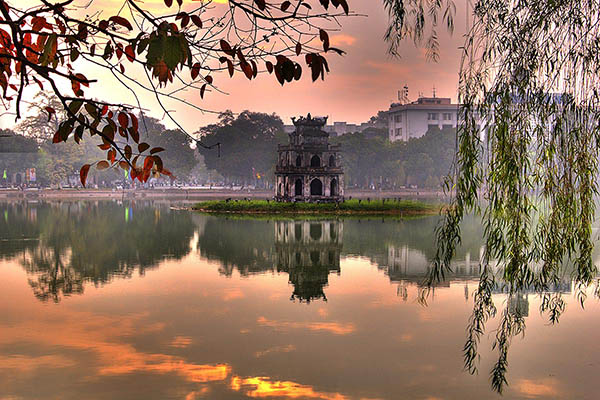
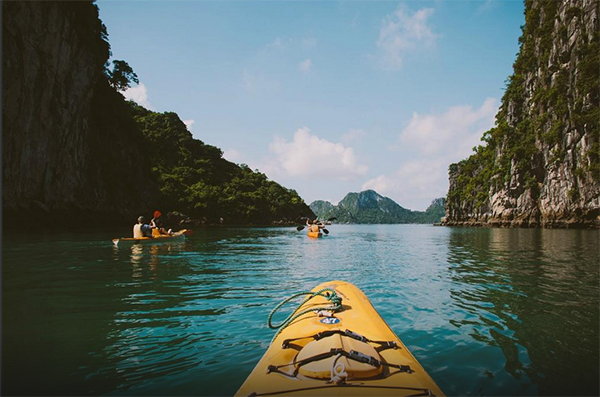
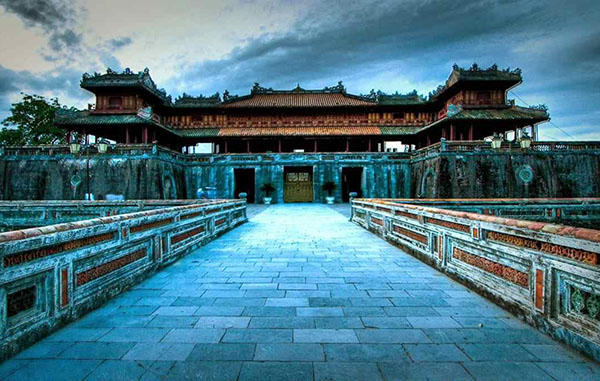
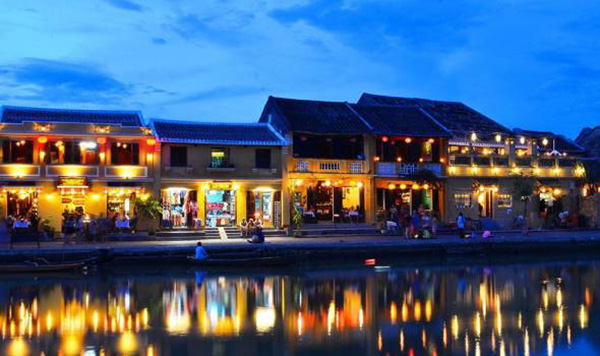
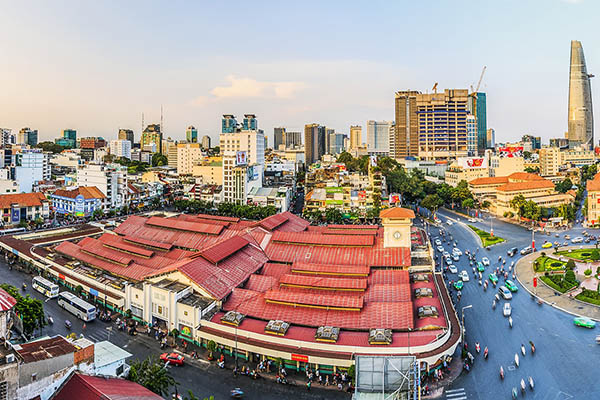
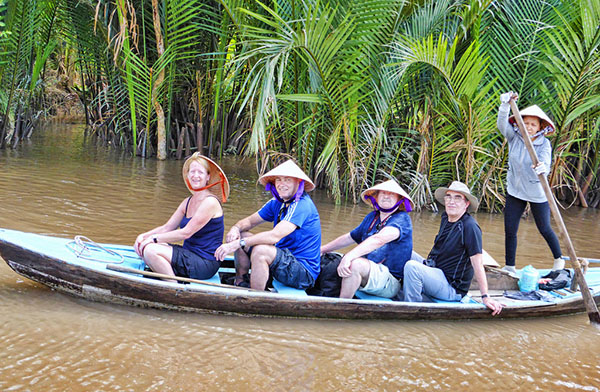
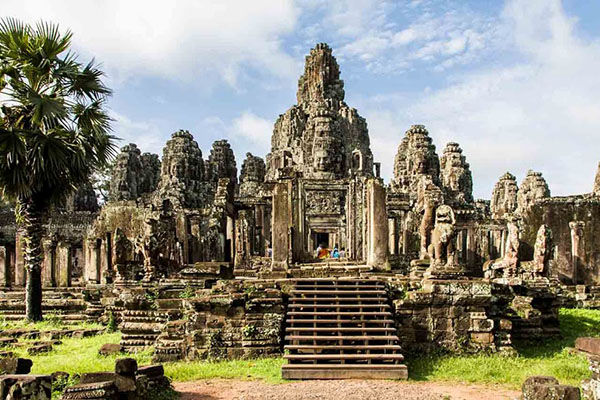
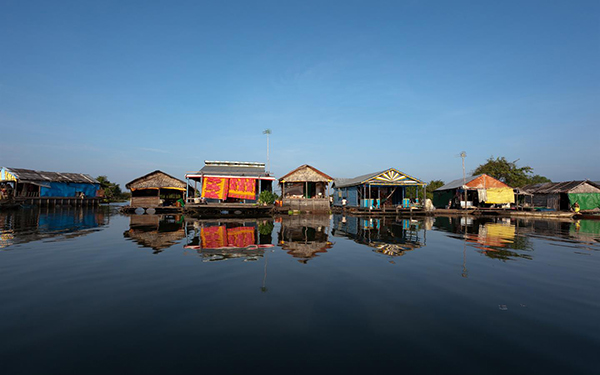
Comments